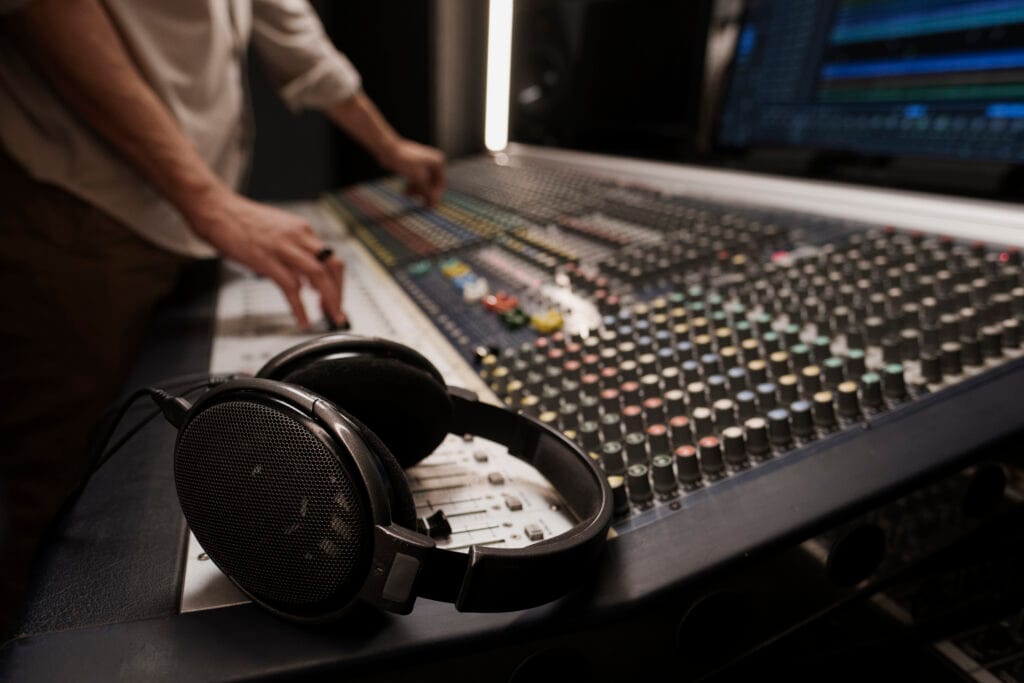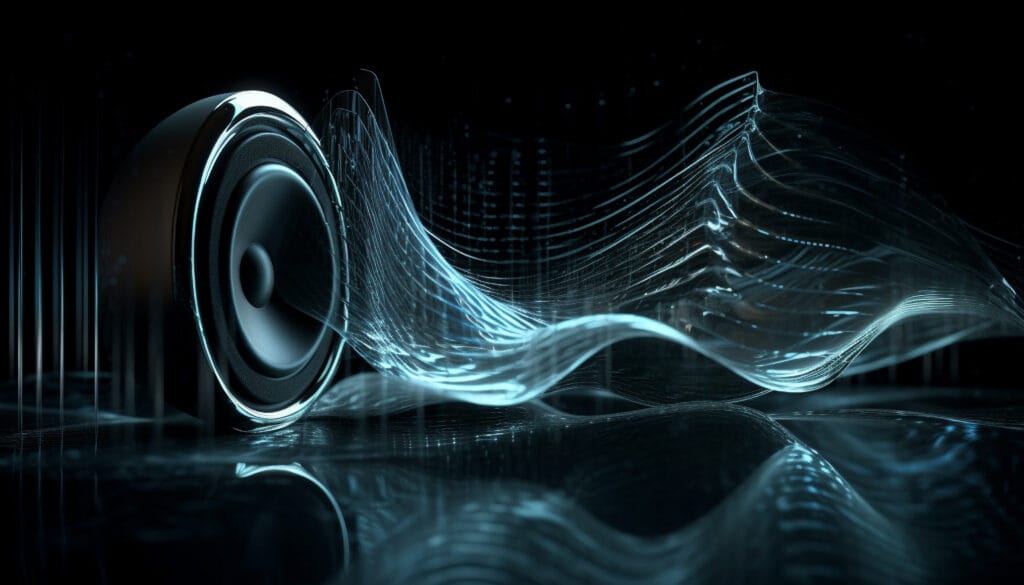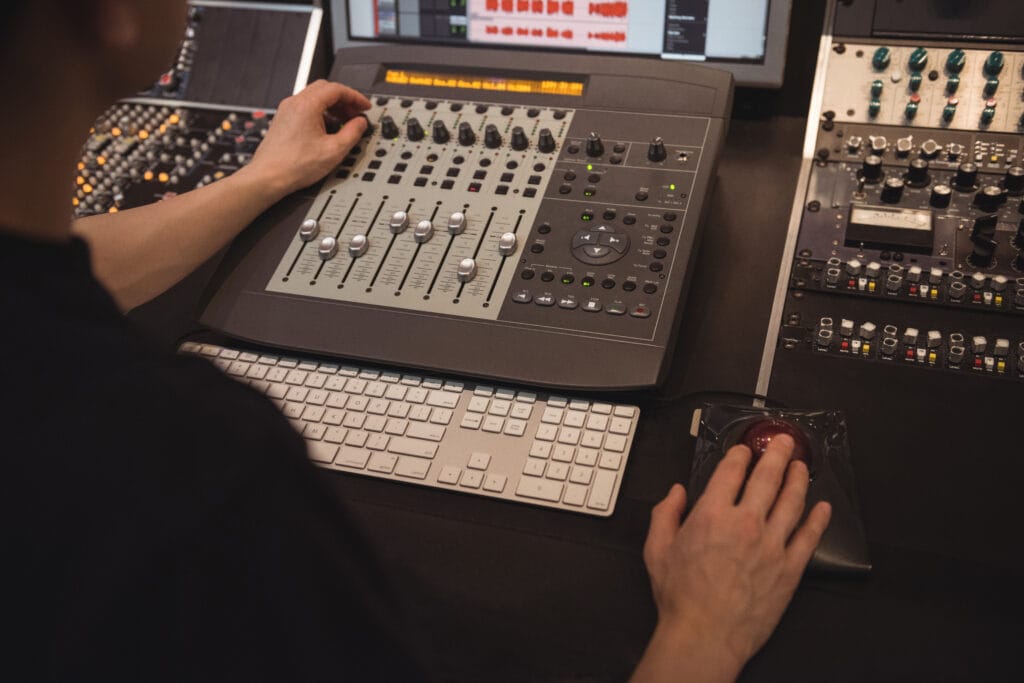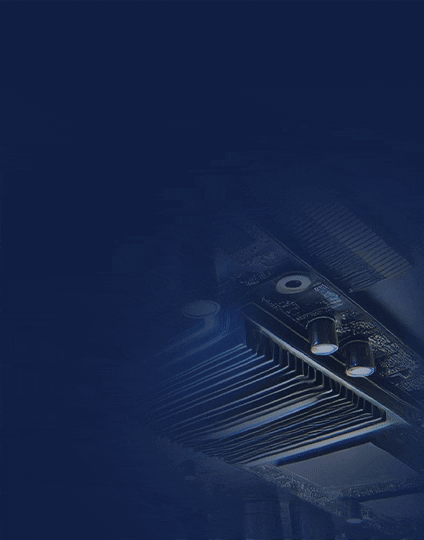In the modern era of music production, live performances, and immersive audio experiences, achieving high-fidelity sound is more critical than ever.
Engineers and audio designers are constantly seeking solutions that provide low latency, high precision, and flexibility.
One technology that has emerged as a game-changer in this domain is Field-Programmable Gate Array-based audio processing.
This article delves into how they are revolutionizing high-fidelity sound engineering and why they are becoming a preferred choice for professional audio applications.

Understanding FPGA in Audio Processing
A Field-Programmable Gate Array is an integrated circuit that can be configured by the user after manufacturing.
Unlike fixed-function chips, FPGAs allow engineers to design custom digital circuits tailored for specific applications.
In audio processing, this translates to the ability to implement complex signal processing algorithms directly in hardware, rather than relying on general-purpose processors or DSPs (Digital Signal Processors).
Key advantages of it in audio include:
- Low Latency: Real-time audio processing with minimal delay.
- High Precision: Supports high-bit-depth processing (24-bit, 32-bit) for superior sound quality.
- Parallel Processing: Multiple audio channels can be processed simultaneously.
- Flexibility: Customizable architecture allows for specialized audio effects and filters.

Why FPGAs Are Ideal for High-Fidelity Sound
High-fidelity audio demands accurate signal representation and minimal distortion. Field-Programmable Gate Array offer unique advantages over conventional CPUs or DSPs:
Deterministic Performance
Provide predictable processing times for audio signals, essential for real-time applications such as live sound mixing, studio recording, and virtual instruments.
Parallel Signal Processing
Can execute multiple audio processing tasks in parallel. For instance, equalization, dynamic range compression, reverb, and filtering can all run simultaneously without affecting performance.
Customizable DSP Architecture
Allows engineers to implement custom processing algorithms tailored for specific audio signatures, ensuring higher fidelity and precise sound shaping.
Scalability
As audio production demands increase (e.g., multi-channel immersive sound formats like Dolby Atmos), It can scale to handle additional channels and effects efficiently.

Applications of FPGA in Audio Engineering
It is not just a theoretical concept; it’s being applied in numerous high-end audio systems:
- Professional Audio Equipment: Mixers, audio interfaces, and preamps leverage FPGAs for real-time signal processing with ultra-low latency.
- Digital Effects and Synthesizers: Musicians use FPGA-powered synthesizers for highly customizable sound synthesis and effects.
- Live Sound Reinforcement: Concert sound systems benefit from FPGAs’ deterministic processing for consistent audio quality across large venues.
- High-End Consumer Audio: Field-Programmable Gate Array audio DACs (Digital-to-Analog Converters) deliver superior playback quality for audiophile-grade headphones and speakers.

Common FPGA Audio Processing Techniques
Several audio processing techniques can be implemented efficiently on Field-Programmable Gate Array:
Equalization (EQ)
Customizable digital filters allow precise tonal shaping of audio signals.
Dynamic Range Compression
Ensures consistent audio levels by attenuating loud signals and boosting softer ones.
Reverberation and Spatial Effects
Real-time implementation of reverb, echo, and spatial positioning enhances immersive audio experiences.
Noise Reduction and Echo Cancellation
FPGA-based algorithms remove unwanted noise and echoes, especially in live or teleconferencing environments.
Sample Rate Conversion and Oversampling
FPGAs can efficiently handle multiple audio sample rates without introducing latency or distortion.

Design Considerations for FPGA Audio Processing
While Field-Programmable Gate Array offer tremendous potential, designing audio processing systems on them requires careful planning:
- Bit Depth and Sample Rate: Choose appropriate resolution and frequency to meet fidelity requirements.
- Resource Utilization: Optimize FPGA logic blocks and memory to handle multiple audio channels.
- Latency Management: Ensure processing pipelines are streamlined to minimize delay.
- Power Efficiency: Especially important for portable audio devices and embedded systems.

Conclusion
FPGA-based audio processing is redefining what’s possible in high-fidelity sound engineering.
By combining ultra-low latency, parallel processing, and customizability, FPGAs empower audio engineers and designers to create immersive, precise, and high-quality audio experiences.
As music production, live sound, and immersive media continue to evolve, FPGAs are set to become a cornerstone technology for the next generation of audio systems.


![What is FPGA Introduction to FPGA Basics [2023] computer-chip-dark-background-with-word-intel-it](https://fpgainsights.com/wp-content/uploads/2023/06/computer-chip-dark-background-with-word-intel-it-300x171.jpg)









